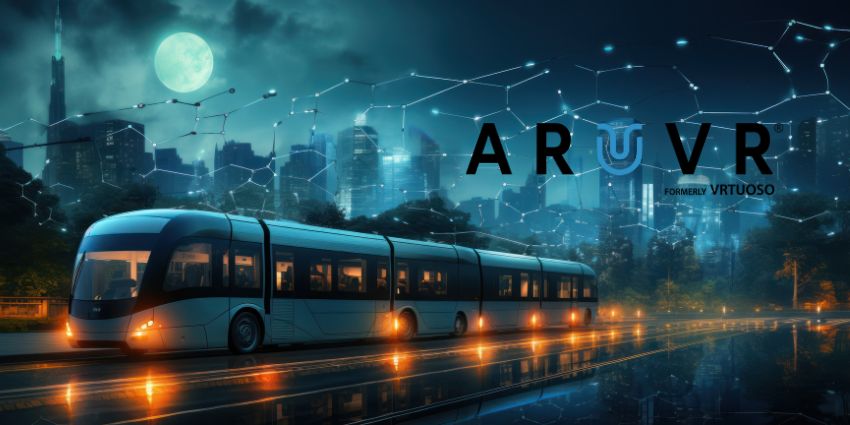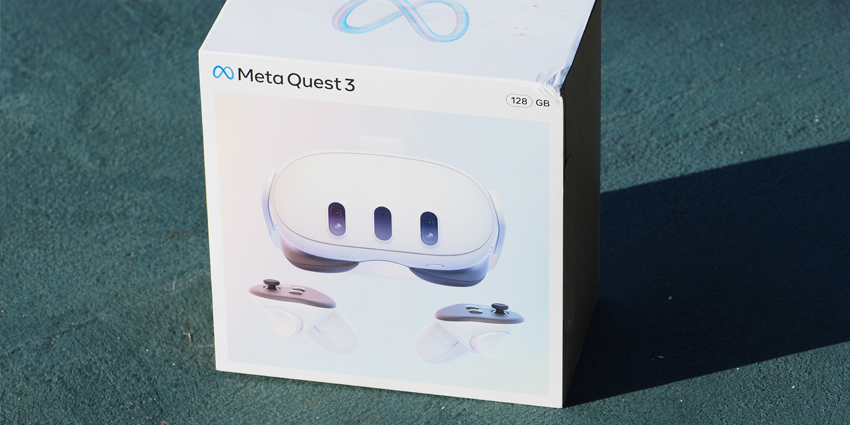Extended Reality is exploding into the spotlight across virtually every industry. Once viewed as a novelty, technology has emerged as a valuable tool for boosting everything from collaborative sessions and ideation to product development and training.
Unfortunately, even as hardware and software solutions in the MR, AR, and VR landscapes continue to evolve, there’s something holding XR evolution back: streaming. Every device used to enter the extended reality landscape needs to be able to access content from somewhere.
In the past, companies have had to download and process huge amounts of data on their own computers and other devices, to enable XR experiences. Not only did this require a lot of initial investment from business leaders, but it also required companies to have access to the right technology experts to create XR interactions.
To make matters worse, the limitations faced by companies using old-fashioned streaming strategies meant it was almost impossible to design solutions that multiple employees could access simultaneously. Fortunately, cloud XR streaming could be the solution.
Defining XR Cloud Streaming
XR cloud streaming involves leveraging a combination of mobile connectivity (usually 5G) and cloud ecosystems to minimise the latency and lag involved in bridging the gap between XR hardware and software. Essentially, it allows organisations to stream content to devices directly from the cloud.
Companies can stream the same data to multiple devices simultaneously and leverage potentially infinite storage, processing, and computing power without hardware restrictions. In 2021, US technology giant Nvidia announced it was starting its journey into the cloud streaming world with help from the Google Cloud. The partnership allowed Nvidia to build a dedicated cloud environment, which allows users to create complex creative workflows and leverage high-quality graphics in XR, without worrying about the limitations of their on-premises technology.
Through XR streaming, companies can overcome the restrictions of their existing computer technology and hardware and leverage a new level of scalable performance in XR. Data doesn’t need to be simplified or reduced before it can reach an XR headset. Plus, headsets can also communicate more effectively with computer systems in real-time, allowing for more immersive experiences, free from lag and interruptions.
Interest in the potential of XR cloud streaming has prompted other innovators to make their own investments in new cloud landscapes. Leading vendor Varjo introduced the Varjo Reality Cloud platform in 2022, promising businesses a way to access virtual sessions on-demand, with realistic, real-scale graphics and immersive collaboration sessions.
The Varjo reality cloud is the next step in the company’s journey towards helping businesses build their own metaverse experiences in XR. With this technology, Varjo headset owners can now join cloud sessions and collaborate in the metaverse with global users, at any time, in any place, only using a fraction of the bandwidth required by traditional systems.
What are the Benefits of XR Cloud Streaming?
Ultimately, XR cloud streaming is a way for businesses to outsource the resource-intensive processes involved in managing XR data to a cloud landscape. This eliminates the traditional confines of traditional XR solutions, allowing companies to stream content to both tethered and untethered devices with a greater level of fidelity and clarity.
With XR cloud streaming, companies can leverage powerful servers created by computing experts with built-in GPU virtualization software. This means every business can access the most complex VR, AR, and MR experiences from a remote server without huge initial costs.
XR cloud streaming delivers:
- Uncompromising performance: To deliver the richest possible immersive experiences, most professional XR solutions require a tether to a high-performance computer. Cloud XR streaming solutions encode and stream visuals to a device, dynamically adjusting to network conditions without the need for tethered systems. Cloud solutions can even maximize image quality and frame rates while reducing stuttering and latency.
- Exceptional manageability: Cloud-based XR streaming solutions also allow companies to maintain more control over their XR ecosystems. Solutions like CloudXR securely enable multi-tenant deployments while allowing multiple virtual machines to access a GPU when workloads are lighter to reduce operating costs. Manageability is also enhanced with support for virtualization platforms and built-in management tools.
- Improved development: Many XR cloud streaming providers are combining their services with development kits and tools to help businesses create new experiences faster. The right solutions can provide access to everything businesses and developers need to create agnostic applications capable of running on any hardware system.
- Higher privacy level: With cloud XR streaming systems, there’s no requirement to download and store data on an XR device. When information is stored on a hardware system, it’s more vulnerable to attacks and theft. However, when companies leverage the cloud, they can keep crucial information locked away and even encrypt visual data and content as it moves between the hardware and the cloud system.
- Enhanced collaboration: It can be difficult for companies to deliver a consistent and reliable XR experience to every employee in a team at the same time using traditional solutions. However, tools like the Varjo Reality cloud ensure companies can create a collaboration session in the cloud, with connections to multiple XR tools in seconds. This will ensure everyone can contribute to the same collaborative experience.
The Evolution of XR Cloud Streaming
As companies continue to invest in XR experiences for collaboration, product design, development, and training, demand for cloud streaming solutions is growing. The right ecosystem can drastically reduce the hardware requirements placed on companies looking for ways to unlock the benefits of XR, and the emerging metaverse. This makes the XR landscape more accessible to everyone.
Rendering and data transmission can be managed entirely by the cloud, and companies can create more mobile, flexible experiences for users. Already, companies like Varjo are heavily investing in the next generation of the cloud streaming landscape, with new integrations for tools like Unreal Engine and Unity to help boost team efficiency and productivity.
Cloud streaming could be the future of XR innovation.







